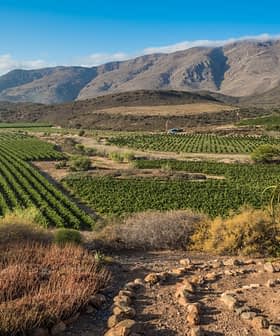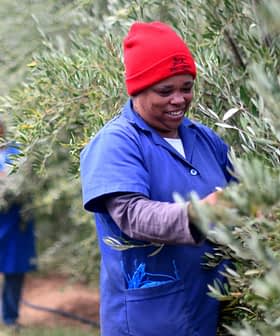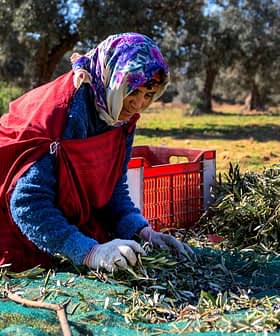The joy of abundant flowering was followed by sadness a month after fertilization as olives turned brown and fell from their branches. This is a summary of this year’s olive growing season in Slovenia.
Sandwiched between the Alps and the Adriatic Sea, olives have been cultivated since ancient times in the coastal areas ofthe Brdi, Goriška, the Vipava Valley, Karst and Slovenian Istria.
“Olive farming has great potential, both from the point of view of a sustainable food system and from the point of view of preserving the quality of the environment and sustainable tourism,” said Maja Podgornik, the head of the Institute for Olive Growing at ZRS Koper.
See Also:Droughts Are More Frequent, Last Longer and Accelerate Water Shortages, U.N. SaysSlovenian extra virgin olive oil is regularly recognized for its quality at international competitions. At the NYIOOC World Olive Oil Competition, the world’s largest quality contest, Slovenian producers have earned awards each year since its inception in 2013.
Olives are grown on 2,389 hectares in Slovenia by around 4,200 growers. The total income generated by the sector reaches €10 to €15 million each year. As a result, olive growers are desperately seeking answers to this year’s fruit drop.
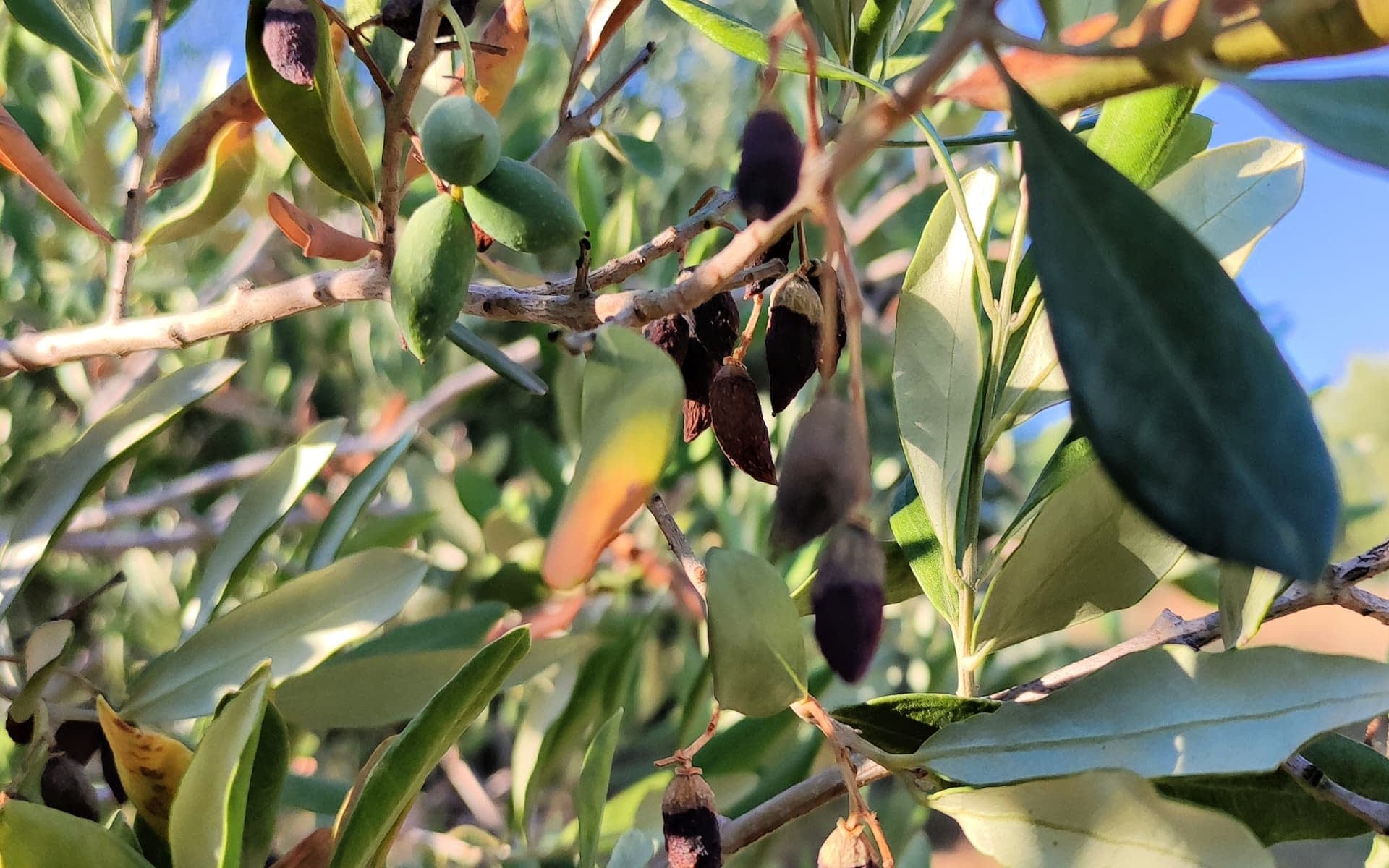
“The current drying and falling of the fruits cannot be connected with the attacks of diseases and pests,” the Agricultural Forestry Institute of Nova Gorica replied decisively.
Due to the lack of precipitation and the resulting extremely dry conditions this year few disease outbreaks were reported.
While some cases of peacock’s eye (Spilocaea oleagina) and olive spot (Mycocentrospora cladosporioides), two fungal diseases, were reported, timely spraying prevented any damage from occurring. The phenomenon was less pronounced than in previous years.
With the help of pheromone traps, farmers were also able to follow the flight and reproductive cycles of the olive moth (Prays oleae). They said that they have not noticed much difference in the time and number of pest outbreaks compared to previous years.
“For several years now, we have been regularly monitoring the presence of the marble bug (Halyomorpha halys) in olive groves,” officials from the institute wrote in their report. “The pest was regularly observed in individual olive groves, but in fewer numbers than last year.”
“Native olives (normally developed, dried and fallen) are regularly sampled and inspected for possible damage caused by black bug bites,” they added. “We did not notice any damage from pests.”
Therefore, they concluded the during and falling of the fruit was not connected with attacks of the marble bug or the presence of other pests in olive groves.
Since the beginning of this year, the most significant olive pest – the olive fruit fly (Bactrocera oleae) – has been monitored at dozens of locations with the help of pheromone traps.
The fly was identified in larger numbers from the end of March to the beginning of May, the period before the olive trees blossom. Later, olive fruit fly populations decreased significantly.
The current weather conditions are not favorable for the appearance of pests, which is confirmed by the small number identified in pheromone traps. However, officials still recommend that farmers set traps in their groves to deter any potential infestations.
Additional measures against pests are currently not necessary, according to experts.
Instead, they believe that the cause of the drying and dropping relate more to abiotic factors such as air temperature, soil temperature and rainfall.
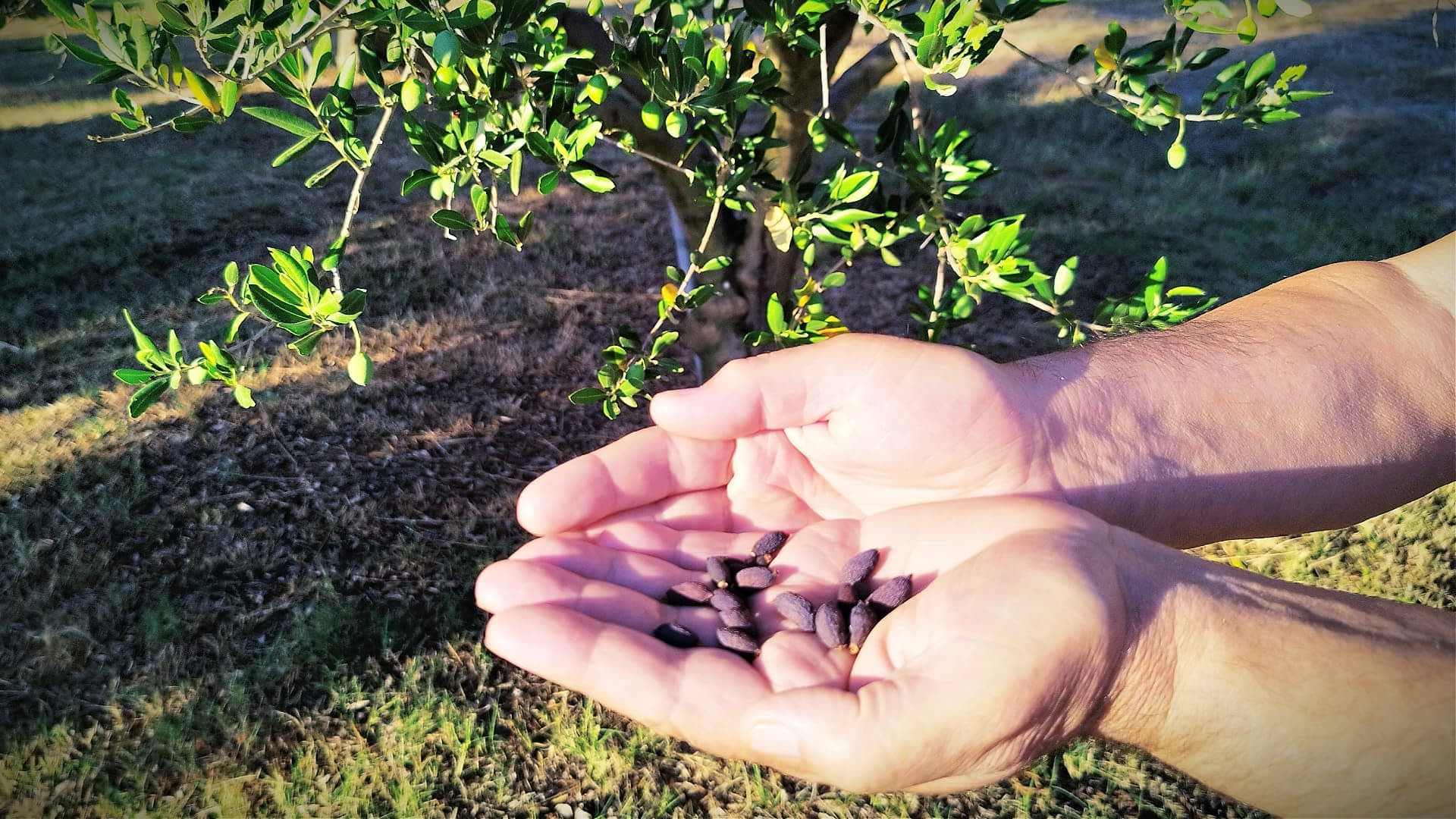
In the period from flowering to ripening, a sufficient amount of water is very important for the development of the olive fruits. It has been scientifically proven that on trees exposed to higher temperatures there is an increased fruit drop and consequently a smaller harvest.
Based on precipitation monitoring, Slovenian experts said the winter and spring of 2022 have been the driest since 1993. Overall, they expect 2022 will be the driest year of the past three decades.
In the first six months of 2022, only 193 millimeters of rain fell in Slovenia. From September 2021 to April 2022, the total amount of precipitation was about 300 millimeters. A minimum of 500 millimeters of rainfall is required for optimal olive development.
“The scale of this year’s drought exceeds those of 2003, 2012 and 2017, when olive growers produced 40 to 70 percent fewer olives, and the drought was declared a natural disaster at the state level,” officials said.
The lack of rainfall in the winter and spring brings plenty of headaches to olive farmers as moisture does not build up in the soil. By the end of the spring – in the period before and during flowering – too little rainfall means the trees are unable to fertilize the blossoms normally and receive nutrients.
Experts believe this led to weaker development of the floral organs and complete fertilization, which may have resulted in the browning and fruit drop.
Another consequence of the country’s ongoing drought has been rampant wildfires burning across Slovenia.
According to data from the European Forest Fire Information System (EFFIS), five fires have burned 2,384 hectares in Slovenia in the first six months of 2022. From 2008 to 2021, 10 wildfires burned 1,095 hectares, less than half of this year’s damage.
In the Karst region, on Slovenia’s western border with Italy, the Carso wildfire is currently wreaking havoc. Photos from local media suggest some olive trees have burned and smoke has forced local residents to flee.
According to EFFIS, 2022 is on pace to be the worst wildfire season in Europe since records began.
Daniel Dawson contributed to this report.


